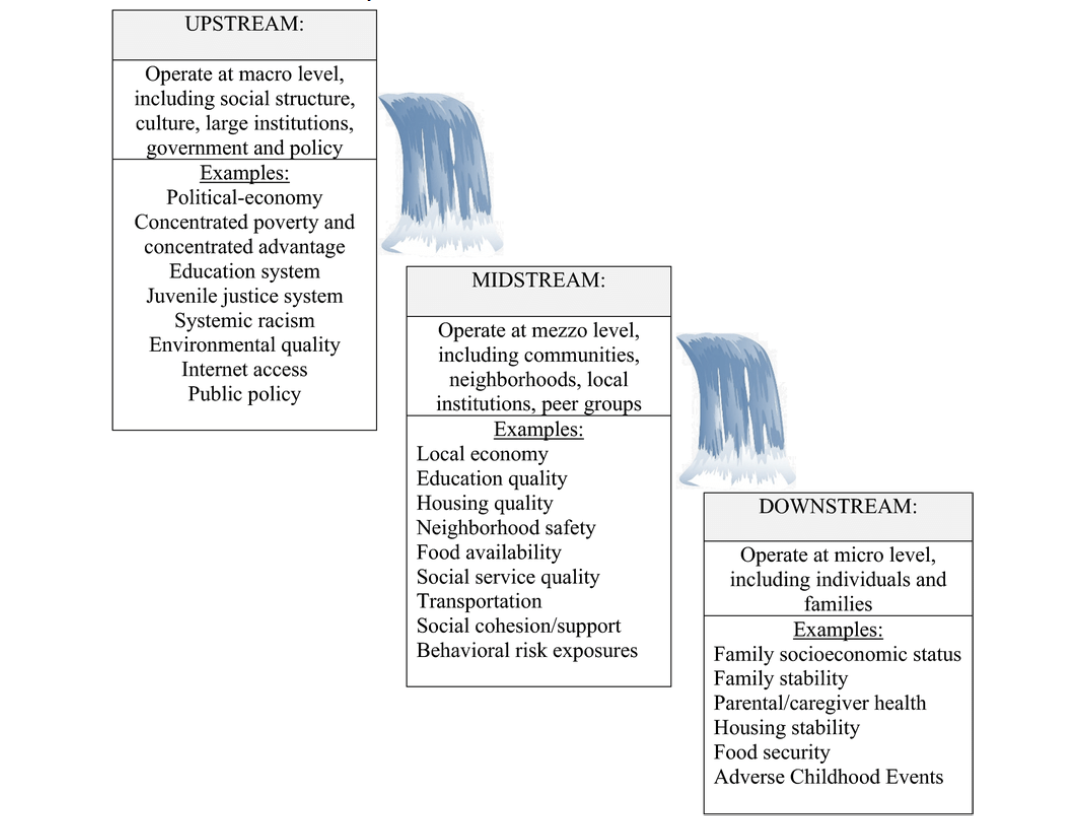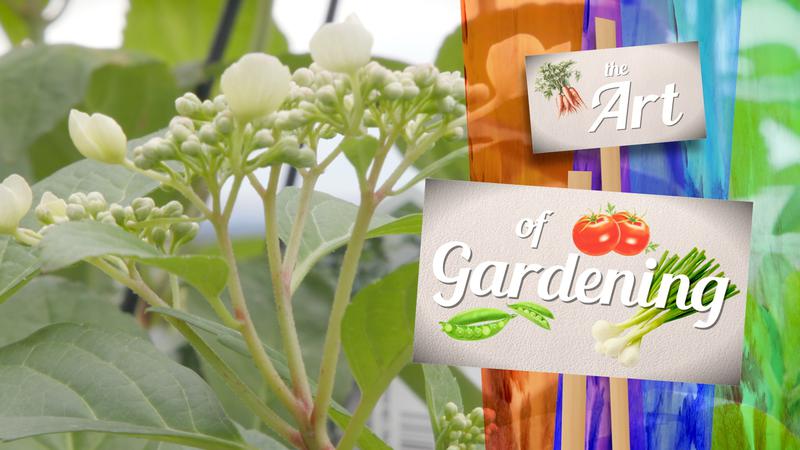
SOUND OFF: What is the difference between a food policy council and frontline services?
PEOPLE OFTEN MISUNDERSTAND what I do for work. When I tell people I work for the Kamloops Food Policy Council (KFPC), they ask if that’s a food bank. Although frontline services like the food bank have goals similar to those of the KFPC, like relieving hunger and reducing poverty, we act on these goals differently.
Frontline services provide direct support like meals, clothing or shelter for those in need. If we imagine our society as a stream, the top of the stream holds root causes for systemic issues like homelessness and food insecurity; midstream we can see the effects and risks these systems cause at a community level; and downstream are individuals and small groups that are actively being harmed by these issues, such as those experiencing food insecurity or homelessness.
At each level of the stream are different interventions. Downstream, we have frontline services, such as food banks and shelters, that can help individuals and small groups (like a family unit). Midstream, we have community-level interventions, like public education campaigns, distribution of harm reduction materials and programs, and initiatives to improve food availability and neighbourhood safety. At the top of the stream we have policy, governing bodies, the education system, and systemic racism.
The KFPC operates at the upstream and midstream levels, where we advocate for policy reform, provide government and community education to shift mindsets, and work to break down forms of systemic oppression in our local community and in governing systems.



